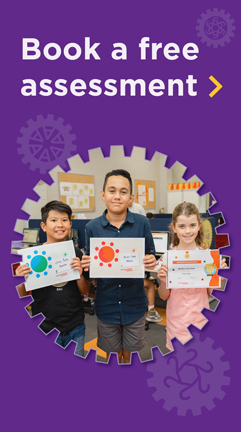Why learning styles matter
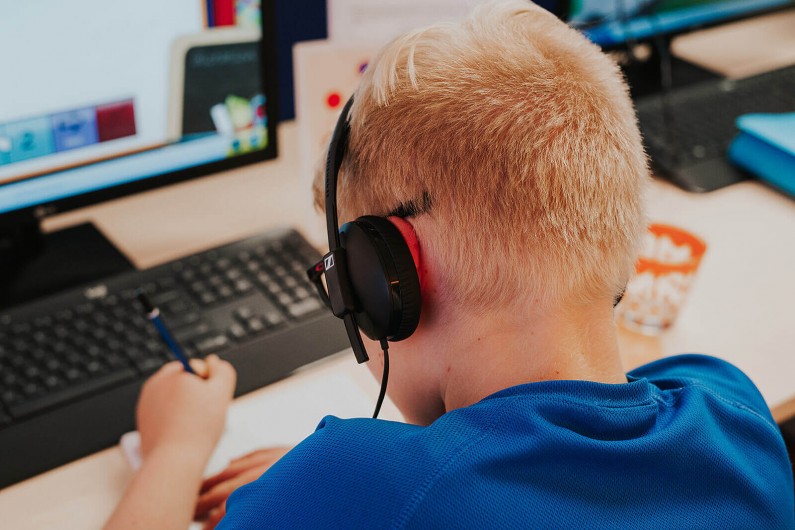
Children come in all shapes and sizes. Everyone has a preferred way of learning and there is no right or wrong way to learn. Learning styles determine how children acquire, process, and retain information. Some learn best by listening or observing, while others need a hands-on approach and have to do it to learn it. There are three primary learning styles, which are visual, verbal, and physical. Taking a moment to uncover your child’s learning style can help turn hard work into plain sailing. This blog explores the importance of understanding different learning styles and how you can provide your child with the best strategies to suit their individual learning style.
1. Visual learners
Visual learners are those who learn best by using sight and forms of imagery. Strategies to help visual learners include the use of pictures, illustrations, video clips, or diagrams to accompany the topic or concept being taught. If you believe your child may be a visual learner, encourage them to use colour to highlight main concepts and pictures or diagrams to help them process information and aid memory. It is important to keep in mind that visual learners may not enjoy listening to long explanations or talks. Make sure that your child isn't losing focus by incorporating effective visual strategies to help them stay on track with their learning.
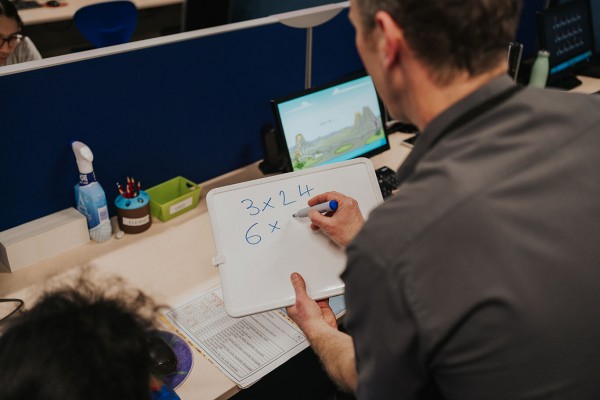
2. Verbal or auditory learners
Verbal learners learn best by listening to someone speak or by reading content aloud. Children who are categorised as verbal learners require sound and hearing information in order to process and grasp it. Effective strategies to help verbal learners ease their learning process could include audio clips, discussions, verbal explanations, and repetition. However, verbal learners are often distracted by background noise and are prone to distractions. If your child is a verbal learner, make sure to provide them with useful auditory strategies to help them stay on task and motivated. For example, equipping your child with headphones to block out background noise or situating them in a quiet environment to study, can help verbal learners avoid distractions.
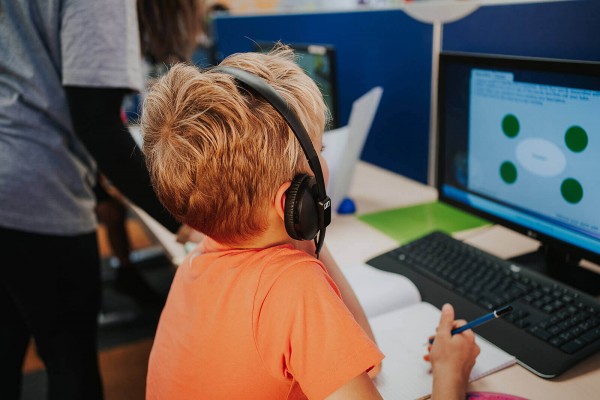
3. Physical or kinesthetic learners
Physical learners, also known as kinesthetic learners, learn best by doing. Children who fall under the kinesthetic category require active engagement in their learning and hands-on experiences, such as movement, touching, or writing to retain information. For example, using a dice or playing cards are effective ways to help kinesthetic learners practice maths and improve retention of maths concepts. It is important to note that kinesthetic learners and their tendency towards movement can sometimes cause distractions, as their attention follows their hands. They can be uncomfortable in situations that involve a great deal of staying still. If your child is a kinesthetic learner, employ them with the right learning activities and strategies, and ensure that they take frequent breaks during their study or school work.
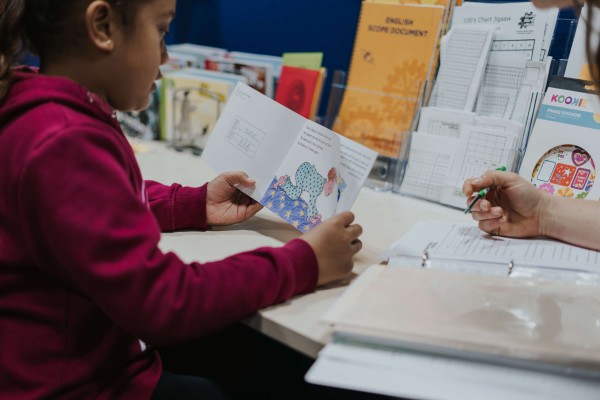
Understanding learning styles can give your child a head start and maximise their learning potential. At NumberWorks’nWords, we take into consideration each child’s learning style and create an individualised programme for them. Our maths and English tutoring programmes are designed with a variety of options that give each child the flexibility of choosing activities that suit their preferred learning style. Get in touch to learn more about our after-school tuition, by contacting your local centre and book a free assessment today!

